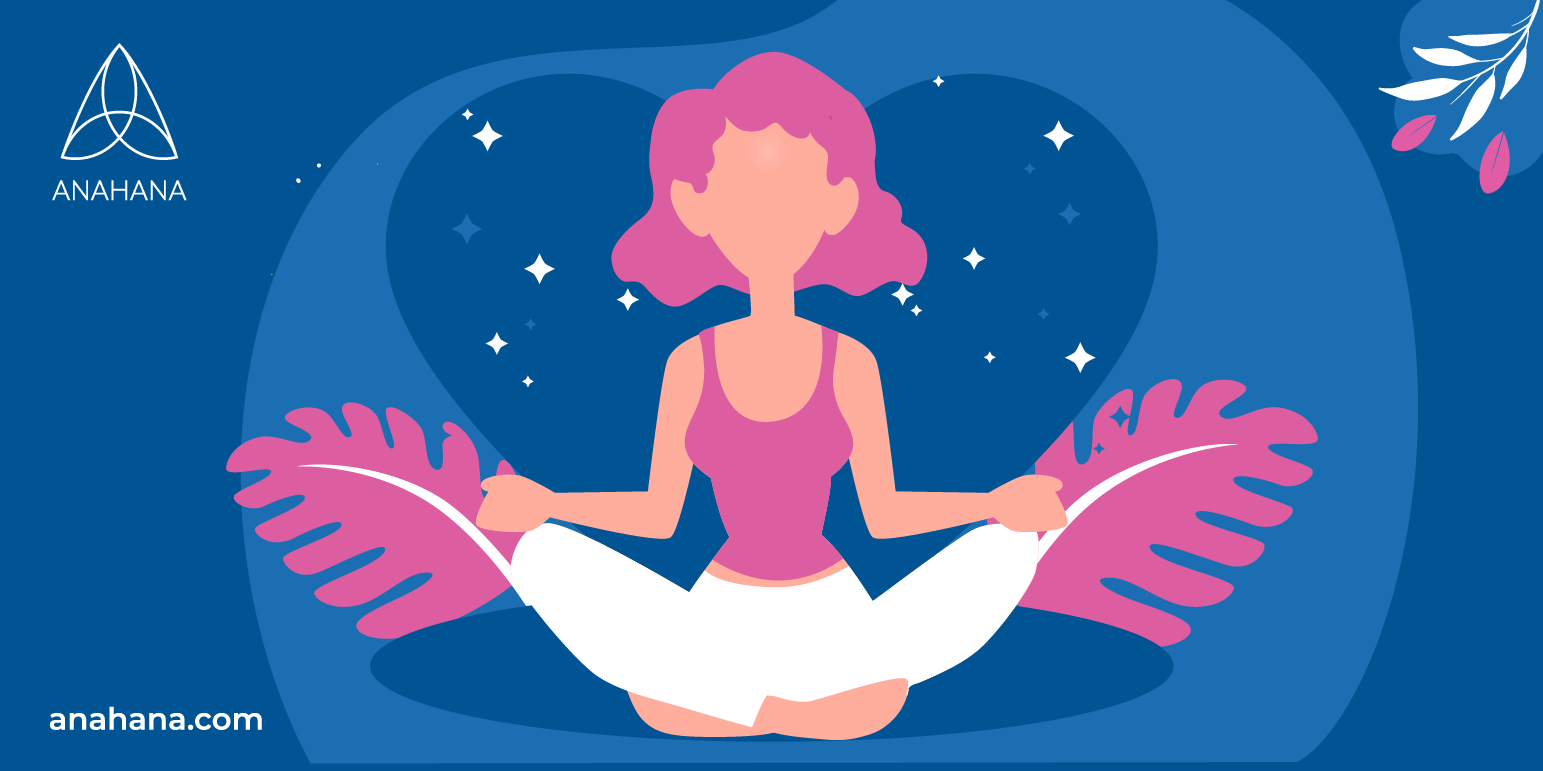
Table of Contents
Explore the profound simplicity of "Do Nothing" meditation. Learn how this minimalistic mindfulness practice can help you relax, reduce stress, and find inner peace. Discover the art of doing nothing and its transformative effects on your well-being. Begin your journey to a calmer mind today.
What is “Do Nothing” Meditation
Do nothing meditation is unique to traditional practices by requiring minimal effort and allowing the mind to wander without disruption. The technique's name was coined by meditation teacher Shinzen Young and shared many similarities with the “just sitting” technique called Shikantaza.
Many spiritual traditions, including Buddhism, believe that the highest state of consciousness is present within human beings, and through doing nothing, we can work toward this spiritual awakening.
This awakening comes by doing absolutely nothing. Many believe that doing nothing can give you greater wisdom to craft a better life.
“Do Nothing” has been discovered in many cultures and carries many names, including:
-
Mahamudra (The Great Gesture)
-
Shikantaza
-
Dzogchen (The Great Perfection)
-
Choiceless Awareness
-
Open Monitoring
The Tibetan word for “happiness” can be translated as “having self-control,” while “unhappiness” is “being under the control of external circumstances.”
This meditation technique teaches us to let go of too much control, allowing the mind to let go of thinking about a certain topic, keeping track of time, or analyzing our surroundings.
“Do nothing” meditation is almost an anti-meditation. It goes against traditional parameters to keep the mind clear or focused on the physical self and allow it to wander as it pleases. But it is still a form of meditation.
If you notice your mind developing an intention or focusing too hard on something, drop it and allow your thoughts to continue wandering. In the same way, taking an effortless approach to meditation may lead to some strange thoughts - ride the wave and enjoy the moment.
Do Nothing Meditation vs. Regular Meditation
“Do nothing” represents an alternate form of standard mindfulness meditation. Other meditation techniques focus on clearing the mind into a state of nothingness, where the mind is empty.
In this meditation practice, let your mind wander without control or disruption rather than create calmness by focusing on the breath, visualizations, surroundings, or a specific topic.
Here are some of the main differences between both practices:
-
Intentional effort: In regular meditation techniques such as mindfulness or concentration meditation, there's an intentional effort to focus on a specific object, breath, or mantra. In contrast, "Do Nothing" meditation involves intentionally not trying to concentrate on anything – it's about letting your mind wander freely.
-
Non-Judgmental awareness: Traditional meditation often encourages a non-judgmental awareness of thoughts and emotions. "Do Nothing" meditation furthers this by not observing or labeling thoughts; it's about passive observation without engagement.
-
Goal-Oriented vs. Goalless: Regular meditation often has specific goals, such as reducing stress, increasing concentration, or cultivating compassion. "Do Nothing" meditation, on the other hand, has no particular objective other than being present at the moment and experiencing it.
-
Approach to distractions: In regular meditation, distractions are acknowledged and gently brought back to the focal point (e.g., the breath). In "Do Nothing" meditation, distractions are neither resisted nor redirected; they can come and go without interference.
-
Formal Structure: Many traditional meditation practices have structured techniques, while "Do Nothing" meditation is, by design, less structured and more spontaneous.
These differences reflect varying approaches to meditation, and the choice between the two depends on your personal preferences, goals, and the experience you seek to achieve.
Regular meditation techniques can be goal-oriented and structured, while "Do Nothing" meditation is a practice of surrendering control and embracing the simplicity of doing nothing with the mind.
The Benefits of “Do Nothing” Meditation

Increases Positive Feelings
One study showed that Default Mode Network (DMN) activity, associated with daydreaming, strongly correlates with negative feelings. In other words, preoccupation with the self can make you feel poorly.
fMRI brain scans show that allowing the mind to wander for a good time decreases activity in the posterior cingulate cortex (PCC), promoting positive feelings and increasing sensations of joy, wonder, and love.
The DMN slows down through regular practice, helping you to feel better and more comfortable as a human being.
Improves Mental Health
By letting go of the need to control or change your experience, "do nothing" meditation helps reduce stress and tension in the body and mind. It allows you to release the constant pressure to achieve or accomplish, promoting relaxation and ease.
Ultimately, the brain needs downtime to process a day's events, store memories and experiences, recuperate, and ensure it performs at its optimum level. We must look after our emotional and mental health and give our brains the rest they need.
Guide During Difficult Experiences
While in a normal state of thinking or even while meditating, most people’s minds guide them to analyze a challenging experience from their past. During a “do nothing” meditation, people can focus on this and potentially see it in a new light to begin accepting the past.
"Do nothing" meditation encourages radical acceptance of whatever arises in your experience, whether pleasant, unpleasant, or neutral. This acceptance fosters a sense of peace and contentment, even amid life's challenges.
Improves Awareness
Awareness will improve with the practice of doing nothing. It will help you develop a greater sense of the part of your mind that controls attention.
Greater awareness sensitivity will allow you to direct your attention and focus on tasks for extended periods. Increased awareness can also lead to greater emotional regulation and self-understanding.
Enhanced Creativity
By allowing the mind to rest and relax without the pressure to achieve or produce, this practice creates space for new ideas and insights to emerge organically. When the mind is calm and open, creativity tends to flow more freely, as you're not hindered by self-criticism, perfectionism, or mental clutter.
Additionally, mindfulness practices like "do nothing" meditation can help:
-
Improve focus and clarity
-
Increase present-moment awareness
-
Support and nurture creativity
The Practice of “Do Nothing” Meditation
"Do Nothing" meditation is a practice that encourages you to let go of the need to focus on your thoughts, feelings, and breath.
By embracing the art of doing nothing, you can experience a profound sense of calm and gain valuable insights into the workings of your mind. Here are some tips on how to get the best out of the practice:
Get into a Comfortable Position
Get into a comfortable position. This may be sitting or lying down - there is no right or wrong way.
If you are worried about falling asleep, sitting on a cushion or stool is recommended to maintain alertness. Another great way to practice this is lying outside with a soft gaze up at passing clouds in the sky or sitting at a beach with the flowing water in front of you.
Pay Attention to Thoughts
Breathing naturally, allowing your mind to wander as it wishes, avoiding paying attention to anything specific, and controlling your attention drop. Just focus on being and nothing more.
Go with the Flow
Let whatever happens happen. In other words, let whatever sensory experiences happen happen. Drop intentions if you are aware of an intention to control your focus.
If you find yourself specifically intentionally thinking, push through this with an open mind. The more you feel like things are effortlessly happening, the more your DMN will slow down.
Consistent Practice
Meditate for 10-15 minutes at a time. This can be longer if you wish, as no certain amount is required. However long you choose to exercise your mind, the point is to focus on just doing nothing. There is no end goal, so feel free to conclude when you are content.
Do Nothing Meditation offers a refreshing departure from structured mindfulness techniques. Its emphasis on choiceless awareness invites us to relinquish control and be present in the moment.
Whether new to meditation or seeking to deepen your mindfulness journey, this approach can complement your previous practice, offering a serene and liberating path to inner stillness and self-discovery.
Embrace the power of "Do Nothing Meditation" and witness its transformative impact on your well-being.
References
What Is "do Nothing" Meditation? - MindOwl.
Do Nothing Meditation - Deconstructing Yourself
"Do Nothing" Meditation ~ Shinzen Young (transcript) - Unifiedmindfulness Wiki
Do Nothing Meditation ? It Might Actually Be Your New Form of Meditation!
"Do Nothing" Meditation ~ Shinzen Young | FindCenter
Disclaimer
The contents of this article are provided for informational purposes only and are not intended to substitute for professional medical advice, diagnosis, or treatment. It is always recommended to consult with a qualified healthcare provider before making any health-related changes or if you have any questions or concerns about your health. Anahana is not liable for any errors, omissions, or consequences that may occur from using the information provided.

By: Meriah McCauley
Meriah McCauley is a leading voice in holistic healing, known across North America for her expertise in chakra balancing, spiritual alignment, and energy-based wellness. Her work bridges the art and science of mind-body healing, shaped through years of study, practice, and mentorship. Meriah deepened her understanding of spiritual anatomy and the chakra system under the guidance of her guru, Dr. Don Stapleton, during her immersive training in Costa Rica. She later earned her Master’s degree in Psychology from Columbia University, specializing in Spirituality and the Mind–Body connection, which continues to influence her integrative approach. Today, she supports individuals and practitioners through coaching, yoga teacher trainings, chakra-focused education, and Holotropic Breathwork for personal transformation. Meriah is dedicated to helping others develop emotional clarity, energetic balance, and spiritual resilience—and she remains committed to guiding anyone seeking a deeper, more meaningful connection with themselves.